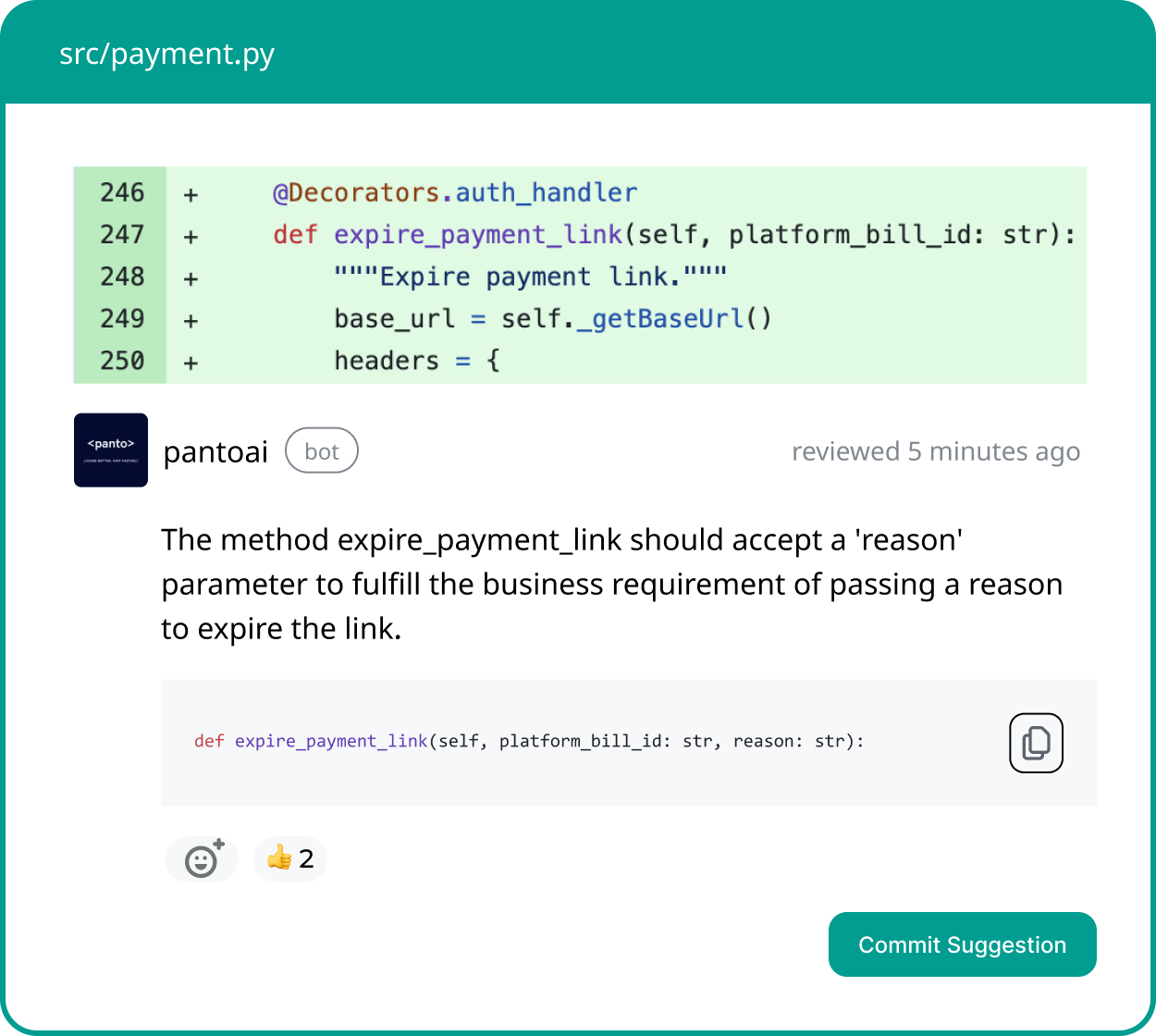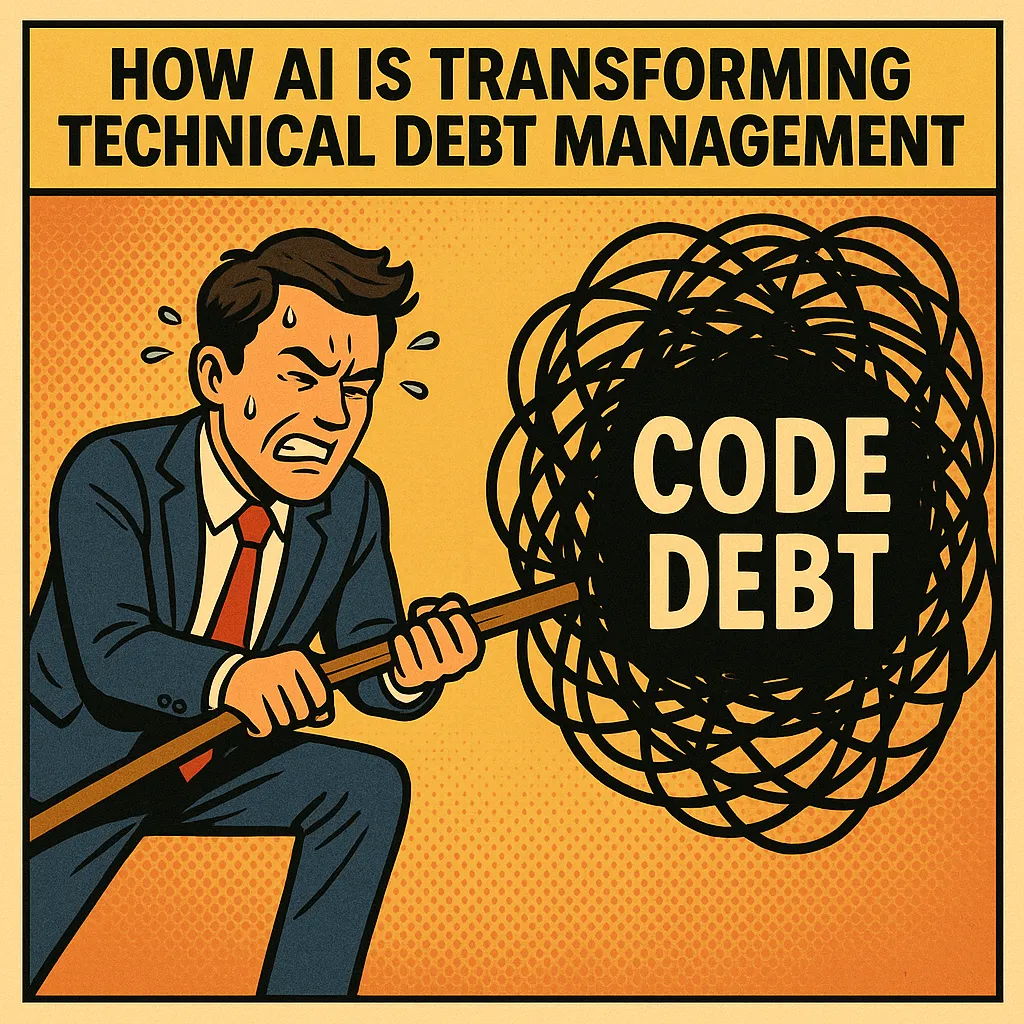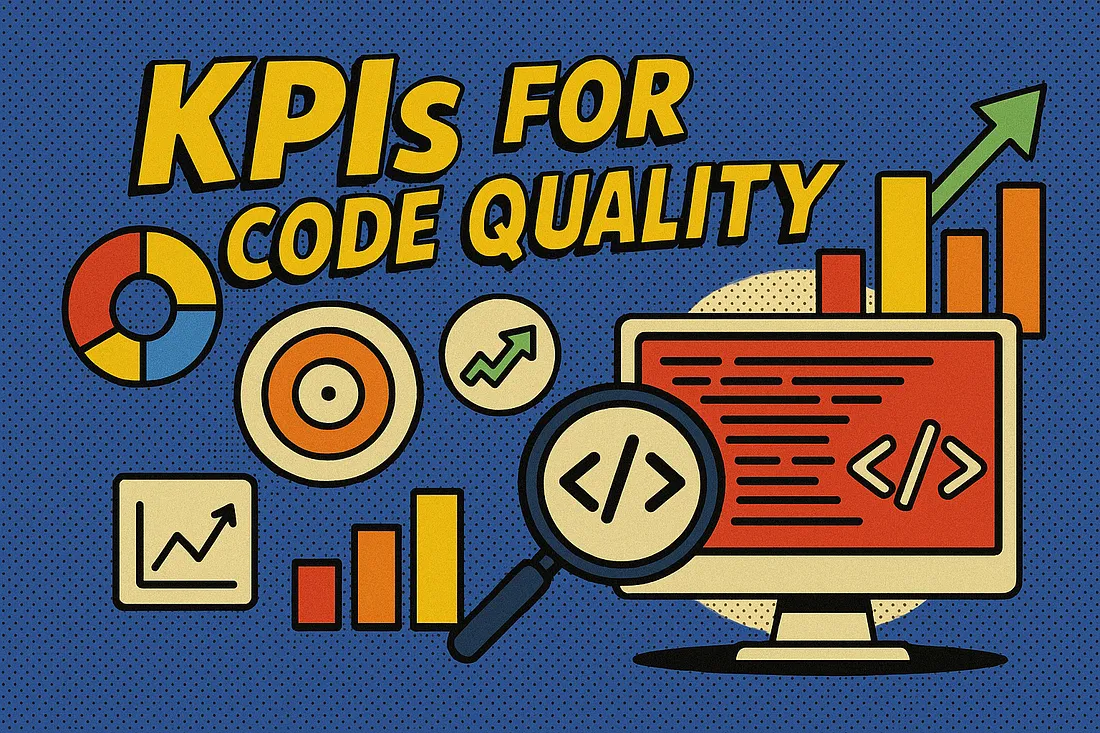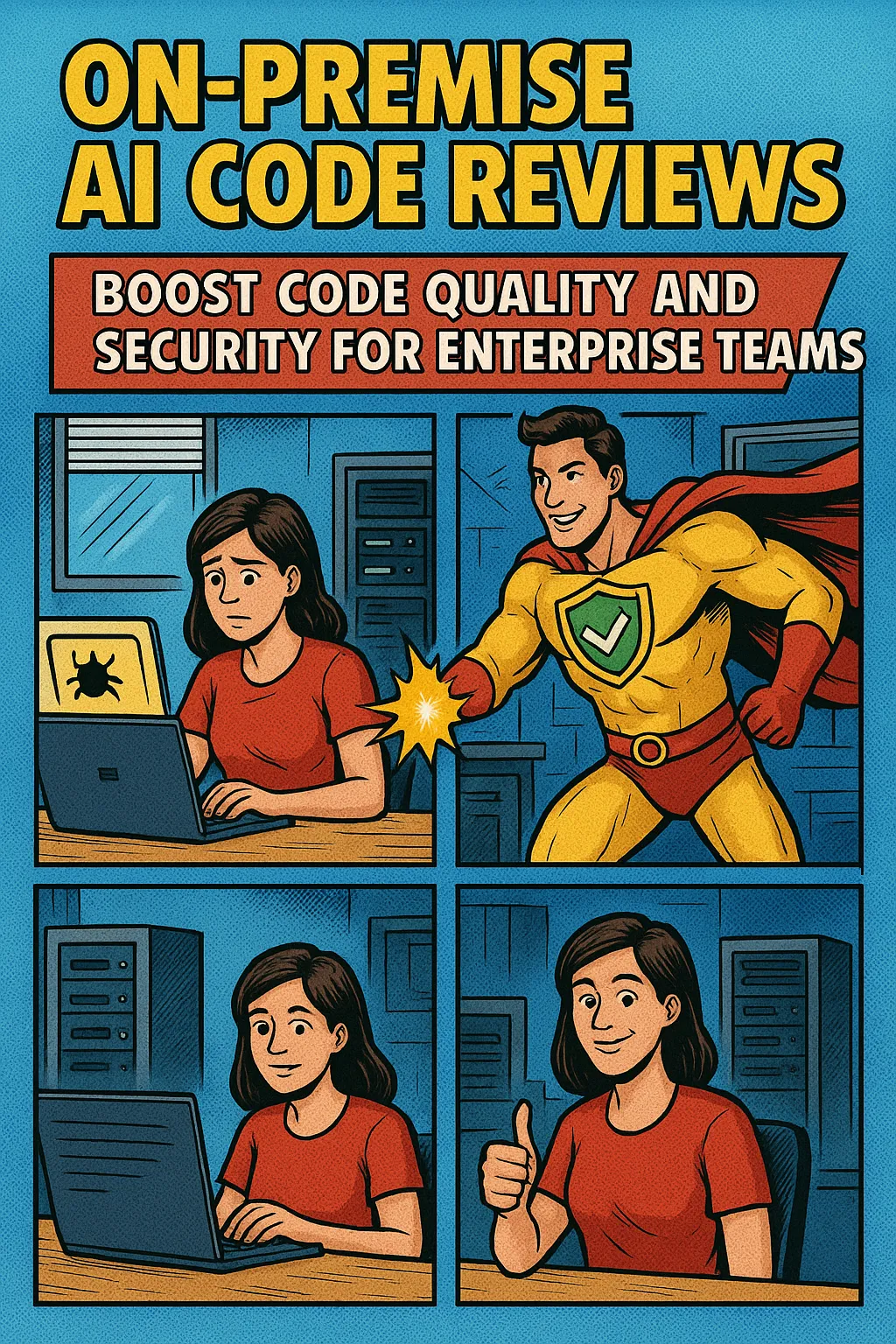Integrating SAST into Your CI/CD Pipeline: A Step-by-Step Guide

If you’re looking to supercharge your software delivery while keeping security tight, integrating Static Application Security Testing (SAST) into your CI/CD pipeline is a game-changer. It’s not just about catching bugs — it’s about making security a seamless part of your development workflow, so your team can deploy confidently and quickly. Here’s how you can do it, step by step, with a little help from Panto AI.
Why SAST in CI/CD? The Security-Speed Sweet Spot
Gone are the days when security was an afterthought. Today, with the average cost of a data breach soaring and attackers becoming more sophisticated, baking security into every code change is non-negotiable. SAST tools scan your source code for vulnerabilities early in the development lifecycle, giving your team real-time feedback and catching issues when they’re easiest and cheapest to fix.
Integrating SAST into your CI/CD pipeline means every pull request (PR) gets a security check before it lands in your main branch. That’s like having a vigilant security guard at every door — except this guard is automated, always on, and never misses a beat.
Step-by-Step: Adding SAST to Your CI/CD Pipeline
Let’s break down the process into actionable steps, so you can get started today:
1. Define Your Security Requirements Before you dive into tool selection, get clear on your security needs. What are your compliance requirements? What are your biggest risks? Work with your security architects and application security specialists to document these requirements. This step sets the foundation for everything that follows.
2. Select the Right SAST Tool Not all SAST tools are created equal. Choose one that supports your tech stack and fits your workflow. Popular options include Checkmarx, Fortify, and SonarQube, but don’t be afraid to shop around. Look for language support, ease of integration, and actionable reporting.
Industry Metric: Did you know? Over 70% of organizations that automate security testing report fewer vulnerabilities in production.
3. Integrate SAST with Your Version Control System Most modern SAST tools play nice with GitHub, GitLab, Bitbucket, and others. Connect your SAST tool to your version control system so it can scan every code change. This way, security becomes part of your team’s daily rhythm.
4. Add SAST to Your CI/CD Pipeline Now, the fun part: automation. Add SAST as a step in your CI/CD pipeline. Whether you’re using Jenkins, GitLab CI, CircleCI, or another platform, the process is similar: add a job that runs your SAST scan as part of your build process.
Example (GitLab):
include:
- template: Jobs/SAST.gitlab-ci.yml
That’s it! Now, every code change is scanned for vulnerabilities before it’s merged.
5. Prioritize and Address Findings SAST tools can generate a lot of findings. Focus on the most critical vulnerabilities first, but don’t ignore the rest. Make fixing security issues a team sport — encourage collaboration and shared responsibility for security.
6. Monitor, Tune, and Improve Security isn’t a one-and-done deal. Monitor your SAST results, tune your rules, and keep improving your process. Over time, you’ll catch more issues earlier and build a stronger security culture.
Where Panto AI Fits In
Now, let’s talk about how Panto AI AI can make your life easier. Panto AI is more than just an AI code review agent, it’s a wall of defense that aligns your code with business context from tools like Jira and Confluence, making code reviews seamless and efficient.
With support for 30+ languages and 30,000+ security checks, Panto AI boosts your PR review accuracy and helps you maintain the highest code quality standards at scale. Plus, it’s fully secure, on-premise compatible, and trusted by brands across the globe.
Fun Fact: Panto AI has already reviewed over 5 million lines of code for 500+ developers. That’s a lot of bugs caught before they could become headaches!
Wrapping Up: Security Made Simple
Integrating SAST into your CI/CD pipeline is a smart move for any team that values speed and security. By automating security checks and making them part of your workflow, you’ll catch vulnerabilities early, reduce risk, and build a culture of security. So why wait? Start integrating SAST today and see the difference it makes for your team.
Your AI code Review Agent
Wall of Defense | Aligning business context with code | Never let bad code reach production
No Credit Card
No Strings Attached


How AI Code Review Tools Are Transforming Code Quality and Developer Velocity
Why teams are adopting AI reviewers to boost code quality, cut review time, and scale engineering excellence. Code reviews are a cornerstone of healthy engineering teams. They catch bugs, promote learning, and keep codebases clean. But as teams scale, the code review process starts to break. Pull requests pile up. Senior engineers get swamped. Review quality drops, or slows delivery. Now, a new kind of teammate is stepping in: the AI-powered code reviewer. These tools don’t just check formatting. They surface logic issues, enforce best practices, and provide structured feedback. The result? Faster shipping, fewer bugs, and cleaner code across the board.
Jun 26, 2025

Why Should AI Review Your Code?
Modern software development moves faster and at a larger scale than ever. Engineering managers and tech leads know that thorough code review is essential for quality, but human-only reviews often become a bottleneck. As one [analysis](https://linearb.io/blog/ai-code-review#:~:text=Manual%20code%20reviews%20slow%20teams,own%20work%20and%20review%20tasks) notes, manual reviews “slow teams down, burn reviewers out, and miss things that machines catch in seconds”. In response, AI-powered code review tools are gaining traction. These tools apply machine learning and large language models to analyze code changes instantly, offering speed, consistency, and scalability that complement human judgment. In this blog we’ll explore why AI review can outperform solo humans in many situations, what pitfalls it addresses, and how teams can combine AI and human reviewers to accelerate delivery without sacrificing quality.
Jun 25, 2025

Revolutionizing Code Reviews: How AI is Transforming Technical Debt Management
Let’s be honest: every software team, no matter how disciplined, wrestles with technical debt. As a CTO or Product Engineering Manager, you’ve seen how those “just this once” shortcuts and legacy code patches add up. Before you know it, your team is spending more time untangling old code than building new value. But here’s the twist: AI code reviews and AI code tools are turning the tables on technical debt. The results are game-changing.
Jun 24, 2025

Optimize Your Codebase with Custom AI Training: Achieving Better Review Outcomes
Imagine a world where every code review is lightning-fast, every vulnerability is caught before it ships, and every suggestion aligns perfectly with your team’s unique style and security policies. That’s not just a dream, it’s the reality for teams who have embraced AI code tools, but only if they take the crucial step of training AI on their own codebase. As a CTO or Product Engineering Manager, you’re already juggling speed, quality, and security. The question is: are you ready to unlock the next level of software excellence with AI code reviews that truly understand your context?
Jun 21, 2025

Measuring What Matters: KPIs for Code Quality and Business Impact in the Age of AI Code Reviews
We’re all under pressure to ship faster while maintaining high standards. But in the race to deliver, it’s easy to lose sight of what really drives value: code quality and its direct impact on the business. The right KPIs act as your North Star, guiding your team toward both technical excellence and meaningful business outcomes. Let’s cut through the noise and look at what metrics truly matter, why AI code reviews are changing the game, and how AI code tools can help you measure and improve both code quality and business results.
Jun 18, 2025

On-Premise AI Code Reviews: Boost Code Quality and Security for Enterprise Teams
Engineering leaders must constantly balance rapid innovation with the need to protect code and data. Delivering features quickly is important, yet doing so without compromising quality or security remains a top priority. AI code reviews offer significant advantages, but relying solely on cloud-based solutions can introduce risks that many organizations, especially in regulated sectors, cannot afford.
Jun 15, 2025